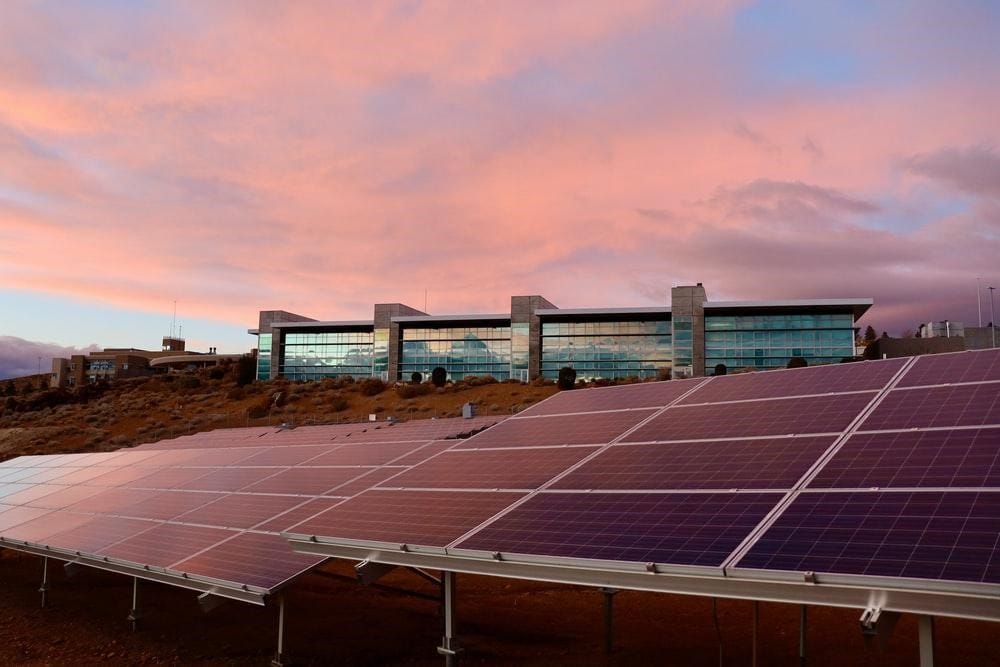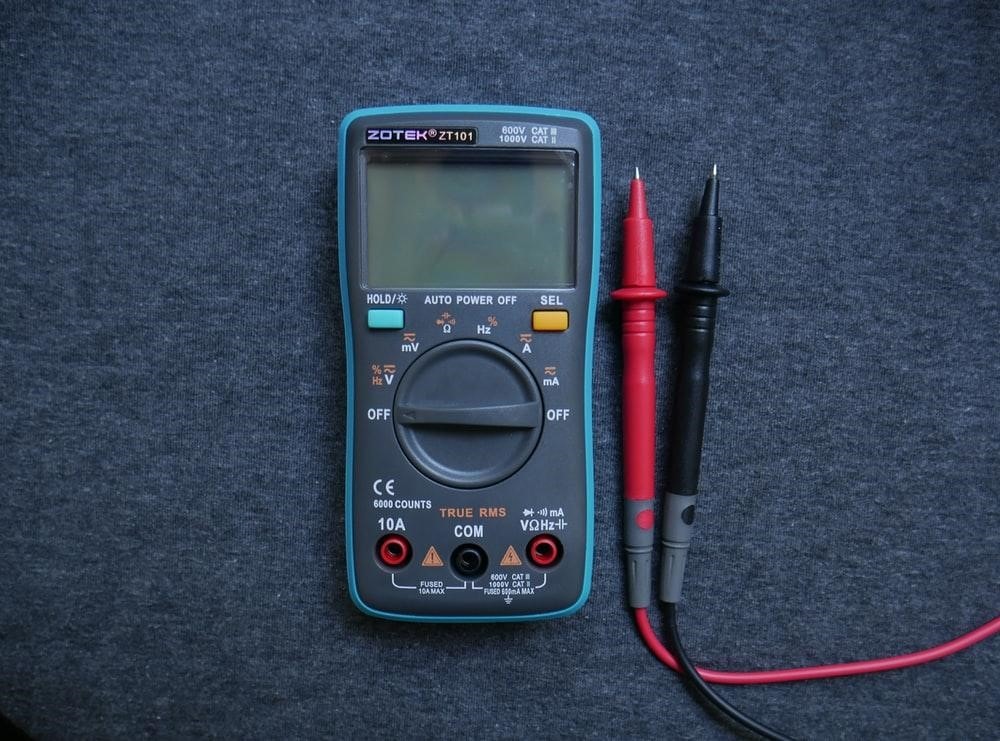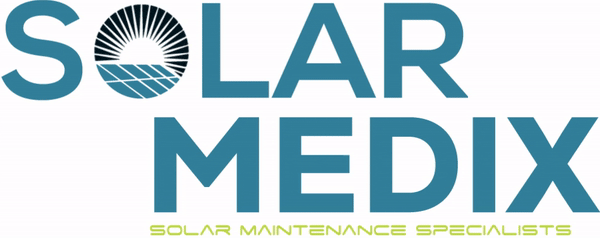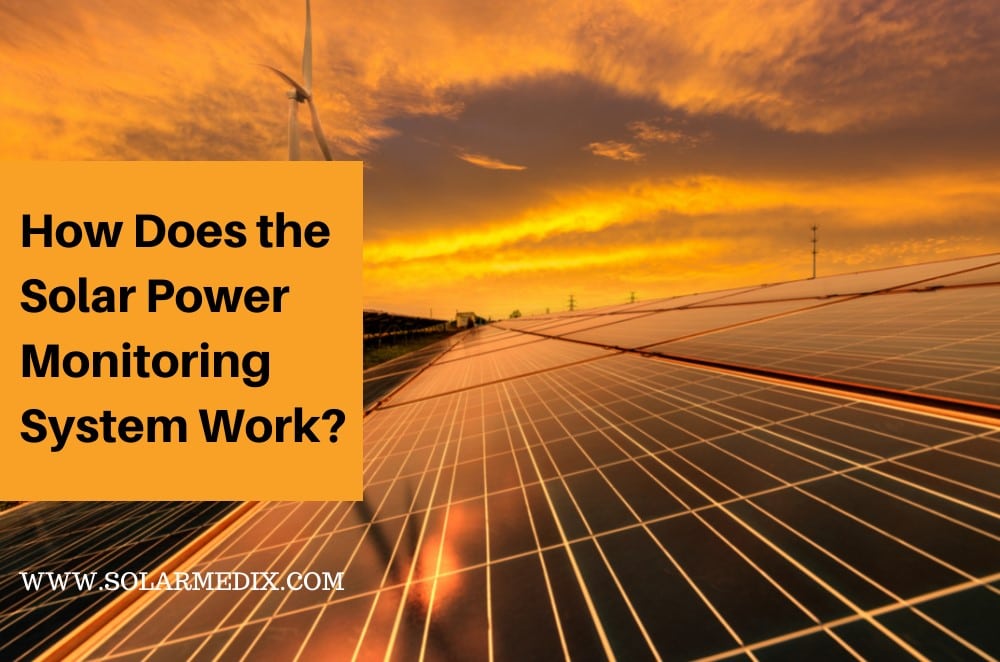There is a popular saying in the business world that falls somewhere along the lines of “what gets measured, gets managed.” The statement essentially means that when you’re trying to maintain or improve something, the best way to do it is by measuring it. Not surprisingly, the statement holds value and relevance even when it comes to solar power systems.
What does this mean? If you want to reap the full benefits of your solar panels in New York, you should invest in a solar monitoring device. This will help you maintain your system in top form and have it keep delivering the benefits you bought it for. This article will walk you through what a solar power monitoring system is and how it works.
What Is Solar Power Monitoring System?
Have you ever read and understood the electric bill you receive from your utility? If you have, then you should know that what you tried to read was essentially a watered-down version of a detailed energy monitoring report.
The report holds valuable current and past information regarding the energy consumption trends in your home such as your energy consumption for the last year or six months, your consumption for the billing month, etc. even though most homeowners do not look beyond their bill amount.
A solar power monitoring system works in a similar way in that it provides the system owner with a detailed energy report that allows the owner to evaluate how their system is performing and whether or not there are any anomalies in the output of the system.
The solar monitoring system will, usually, connect to your system’s inverter and track the minute-to-minute trends in the energy production of your solar panels in New York. There are many solar monitoring systems available in the market, however, they all work around the same central concept described just now.
Some advanced and high-tech models of solar monitors even grant the system owner the option of being able to track their property’s energy consumption on a daily, weekly, or monthly basis, in addition to some other features. Having this tool connected to your system can help you optimize your energy consumption and production for optimal savings and solar benefits.
How Does Solar Monitoring Work?
Typically, solar monitoring systems sync into the inverter or inverters used in your system. As the inverter converts the DC current generated by your solar panels in New York to AC current, the solar monitor taps into the power levels flowing through the inverter and interprets them, documenting the results in a digital report generated on a cloud-based monitoring platform.
Solar monitoring systems use a centralized cloud-based platform for monitoring and creating bespoke reports based on the amount of energy your solar panels produce. This means you can access your system’s real-time as well as historic data such as the daily energy production or lifetime production through a single, user-friendly dashboard.
Thanks to mobile apps and web platforms, you’ll be able to access your system’s data and figures at all times regardless of where you are, provided that you have an active internet connection.
Depending on the model of your solar monitoring system, you can have access to current as well as past data including how much power your solar panels in New York produce, the temperature of your solar panels, how much energy you’re drawing from the grid, and how much performance your panels are losing due to shading.
It can also notify you of system issues that you might otherwise overlook until you receive an inexplicably high utility bill.
Out-of-the-Factory Solar Power Monitoring Software – Is It Good Enough?

Most newer models of solar inverters come with an out-of-the-factory solar power monitoring software that allows solar owners to monitor the performance of their solar panels in New York. All you need to do is download the dedicated application on your smart device (smartphone, tablet, computer, etc.) or log on to an online portal.
The inverter monitors the performance figures of your system such as the power, voltage, and other key parameters and uploads them onto the portal allowing you to view them in real-time. A well-optimized software will even offer you a graphical representation of the performance parameters.
But the question is whether or not this in-built solar power monitoring software is good enough or not. The quick answer is that it depends on your needs. While the solar power monitoring software can provide you with the basic performance metric in real-time, it won’t offer you some of the features that third-party solar monitors have.
For instance, a third-party monitor can also measure the solar energy consumption in your home as well as the energy you supply and draw from the grid. In-built monitoring software on the other hand may lack these features.
In view of this, if you want a more in-depth evaluation of your solar system’s performance as well as the energy consumption trends in your home, a third-party solar power monitoring system would be your best bet!
What Do Solar Monitoring Systems Track?
Since not all solar monitoring systems are created equal, what you can and cannot measure with your solar power monitoring system depends largely on the brand and model of the monitor you choose. This means that all solar monitors won’t offer you the same features or equally detailed reports.
Generally, the third-party solar monitors are better than the monitoring software that comes in-built with some inverters. Following are some metrics that a good third-party solar monitor should be able to measure:
- The energy produced by your solar panels (real-time as well as past figures)
- The amount of solar energy consumed in your home
- Advanced system monitoring (panel level, circuit level, cost tracking, etc.)
- The amount of energy to draw or supply to the grid
Thanks to remote accessibility, you’ll be able to view the data and figures using an intuitive application for smart devices, such as smartphones and tablets, or an internet portal. The data should be updated with real-time figures after every few seconds. Most monitoring apps and dashboards even provide a graphical representation of the data for owners’ better understanding.
It is worth noting that if you have an older inverter model, you probably won’t be able to monitor your system’s performance using a smartphone app or online portal due to a lack of internet connectivity. However, you still might be able to access some basic real-time figures such as the current, power, or voltage of your system via the LED display on the inverter. You could also try to connect the inverter to a computer using an ethernet cable.
Benefits of Solar Monitoring Systems in New York
A Faster Return-On-Investment (ROI)
When it comes to solar panels in New York, your return on investment depends largely on how long your solar power system is able to maintain its optimal performance. This means that the longer your solar system works at its full capacity, the better your ROI.
However, there are countless factors that can diminish the performance of your systems such as shading, loose electrical connections, and dirt buildup on the panels. Without a solar monitor, you may not be aware of a lowered system performance until your utility sends you an inflated monthly bill.
However, with a monitor, you can receive instant alerts of any abrupt discrepancies in the system performance and you can address them immediately thereby ensuring maximum performance for as long as possible. Naturally, the longer your system runs at full capacity, the more savings you’ll earn on your utility bill and hence the better ROI you get to enjoy.
You can also use a solar monitoring system to optimize your grid energy usage and keep it at a minimum during peak hours. This will help you lower your electric bill even more and earn you even more savings.
Remote Accessibility
One of the most significant benefits of solar power monitoring systems is that they enable you to monitor the performance of your solar panels as well as your energy use while on the move, using only your smartphone or computer and the internet. This means that no matter where you are, you can always remain informed about your property’s energy use patterns and whether or not your system is performing as it should.
Moreover, you can also use solar monitors to know if you’ve left any appliance running as this would result in consistently higher energy usage. Consequently, you can use smart controls to turn off the appliance or have a neighbor or friend visit your home and do it for you manually.
Reduces Operating Cost of a Property

Installing a solar monitor can help you implement better energy management practices in your residential and commercial properties. By weeding out all the energy-draining appliances and practices in your home and workplace, you can lower your energy consumption by quite a large margin.
While the cost savings owing to this can be great for residential homes, they’ll be nothing compared to the astronomical amount of capital that commercial properties can save thanks to the lower energy consumption. Researchers at MIT estimate that almost 30% of the energy that commercial buildings use from the grid goes to waste.
For commercial buildings whose day-to-day operations involve a large number of appliances and machinery, these savings become even more substantial. In fact, a study concluded that buildings can save anywhere from 10% to 30% on their expenses.
The savings that you earn can be significant enough to offset the installation cost of the solar monitoring system in just a few years. And any money you save after that can be redirected to the betterment of your property.
Solar Monitor Can Help You Determine Whether Your System Is Aging Normally
Solar panels, just like any other electro-mechanical device, gradually age over time regardless of whether you use them or not. This means that the efficiency of your system will steadily diminish with time and the output of your system will fall over the years.
Manufacturers and solar installers are well aware of this and therefore provide estimates as to how much performance a normal system should lose after a certain period of time has passed. The National Renewable Energy Laboratory (NREL) found that typical solar panels in New York and other cities in the United States have an average degradation rate of 0.5% per year.
The rate can vary from state to state depending on the climate and the environmental conditions, however, you do get a ballpark estimate as to where the performance of your system should lie after a few years have passed. By monitoring the output of your solar panels using a solar monitoring system you discern whether or not the degradation rate of your system is in line with the manufacturer’s predicted value.
In the case your system is degrading faster than it should, you contact a professional immediately to identify and address any problems that may be accelerating the deterioration of your system or to help you claim a warranty on it.
Frequently Asked Questions (FAQs)
What Is Solar Power Monitoring System?
Solar Monitoring Systems are essentially energy measuring devices that allow the solar owner to track and monitor the energy produced by their solar panels as well as the solar energy consumed on their property. Some models even provide information regarding the amount of energy supplied to and drawn from the grid.
How Do You Monitor a Solar Panel System?
You can monitor solar panels in New York and other cities using solar power monitoring devices. These devices connect with your inverter and measure the performance parameters of your system. The information can be displayed on a physical monitor or uploaded on an online platform which can be accessed through any smart device.
Why Solar Monitoring Is Important:
A solar monitoring system can:
- Offer you better ROI
- Help reduce utility bills
- Keep you apprised of your solar system’s performance
- Help you optimize your energy consumption
- More!
To learn in detail about the benefits of solar monitoring systems in New York, have a look at the section above.
What Are 5 Advantages of Solar?
5 advantages of solar energy are:
- Reduced monthly bills
- Enhanced property value
- Independence from grid energy
- Reduced carbon footprint
- Sustainable power source
Conclusion
Bearing in mind the benefits of solar monitoring systems in New York, these devices seem like a no-brainer in terms of investment. Overall, solar monitoring systems are excellent devices for making sure that your solar panels deliver the benefits they are capable of. In addition, by helping you identify and address faults in your system on time, these devices can even help you prolong the lifespan of your solar system.
The team at Solar Medix is ready to answer your questions and give you a no-obligation price quote. Feel free to call us at 732-785-4814 or book a consultation online. And we’ll get in touch within 24 hours.













